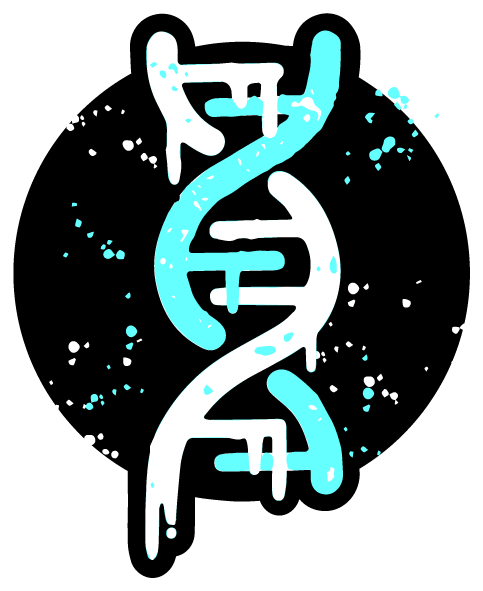Here in the Campbell-Staton Group, we focus on human-driven evolution.
We are interested in the effects of urbanization, invasive species, climate change, and other human-related changes on wild populations of a wide range of species. The breadth of our work is constantly growing, with some of our favorite projects presented below.
Each holds important lessons about the rules of life and the future of biodiversity in a human-dominated world.










